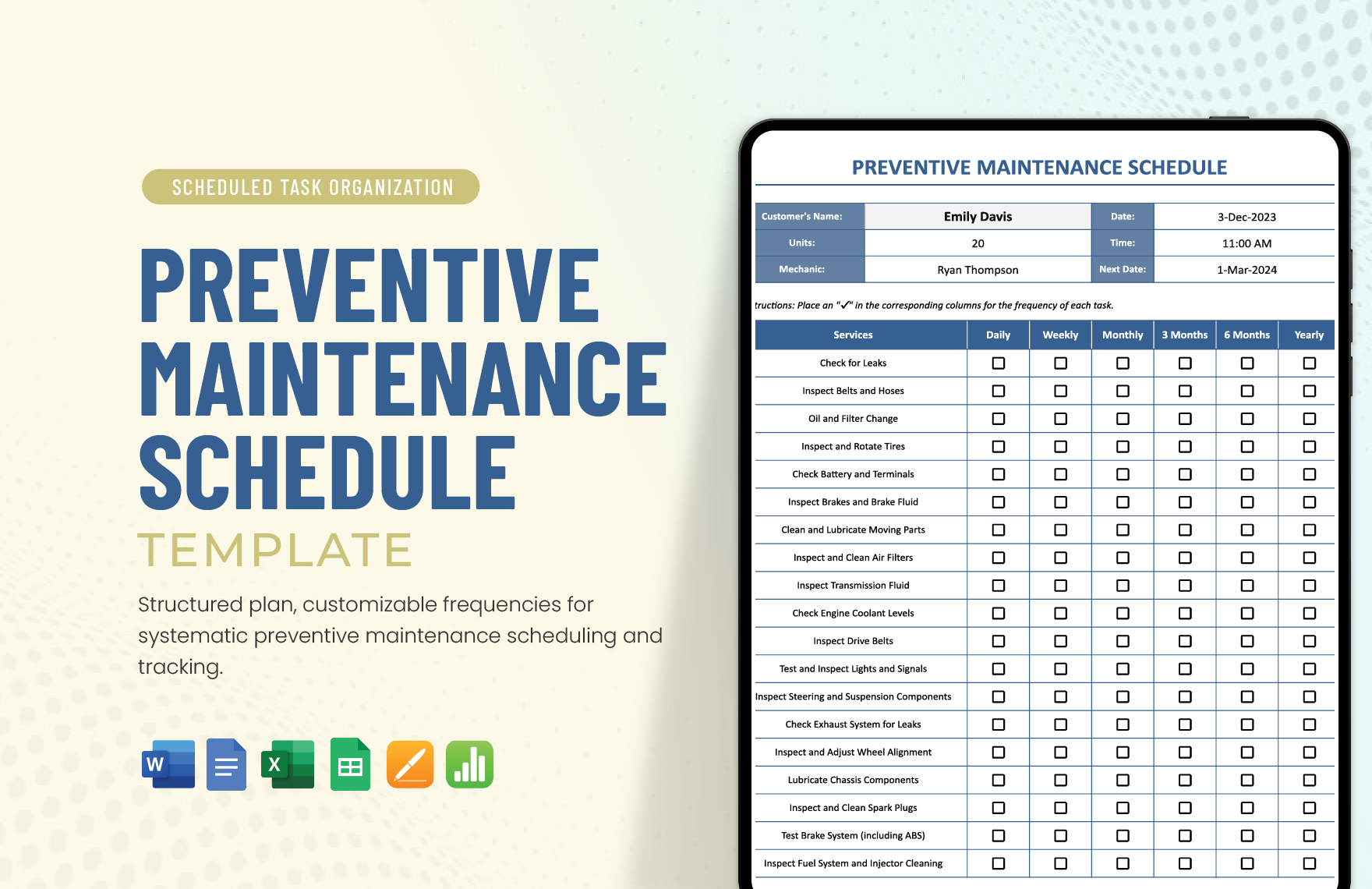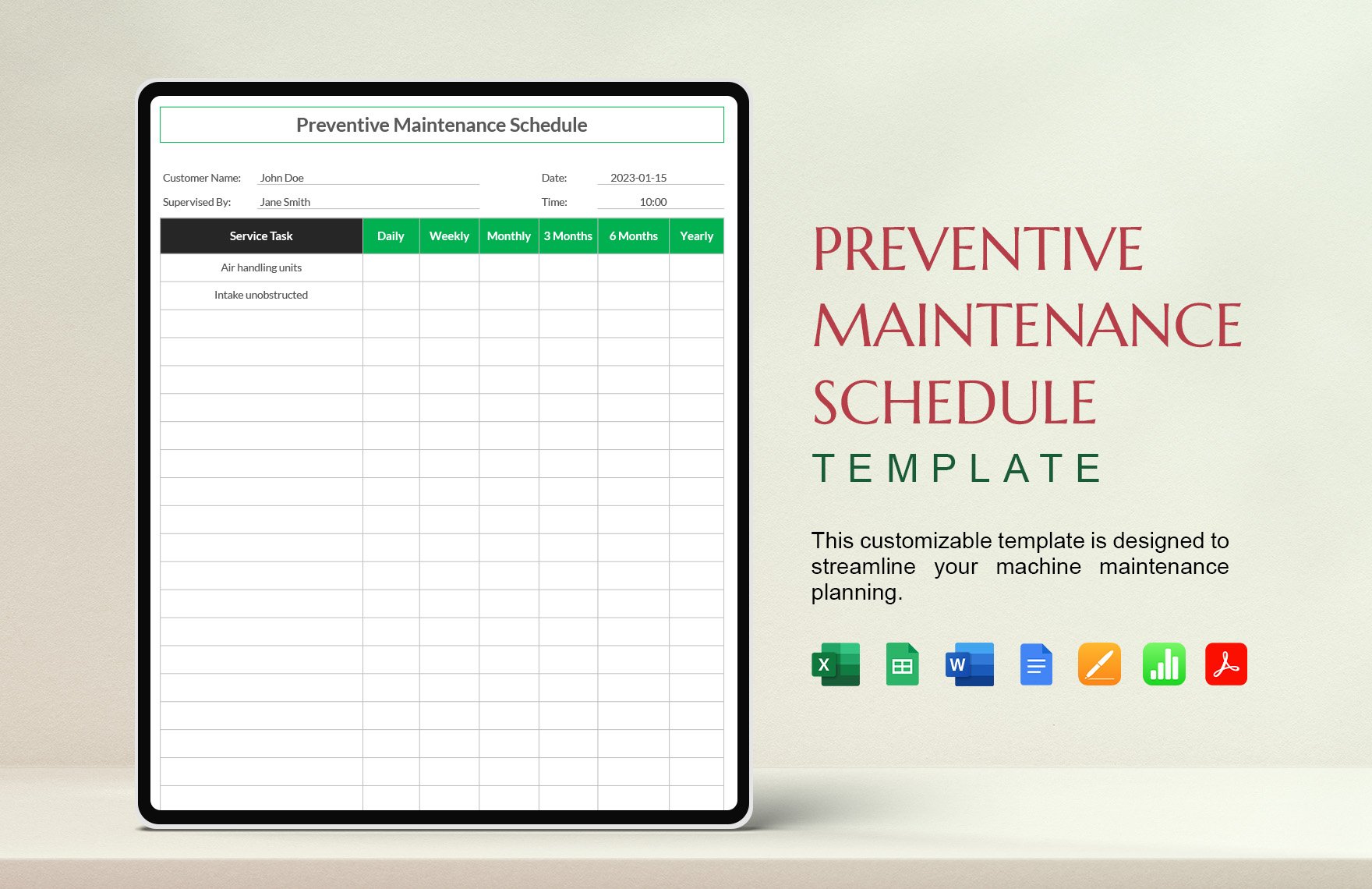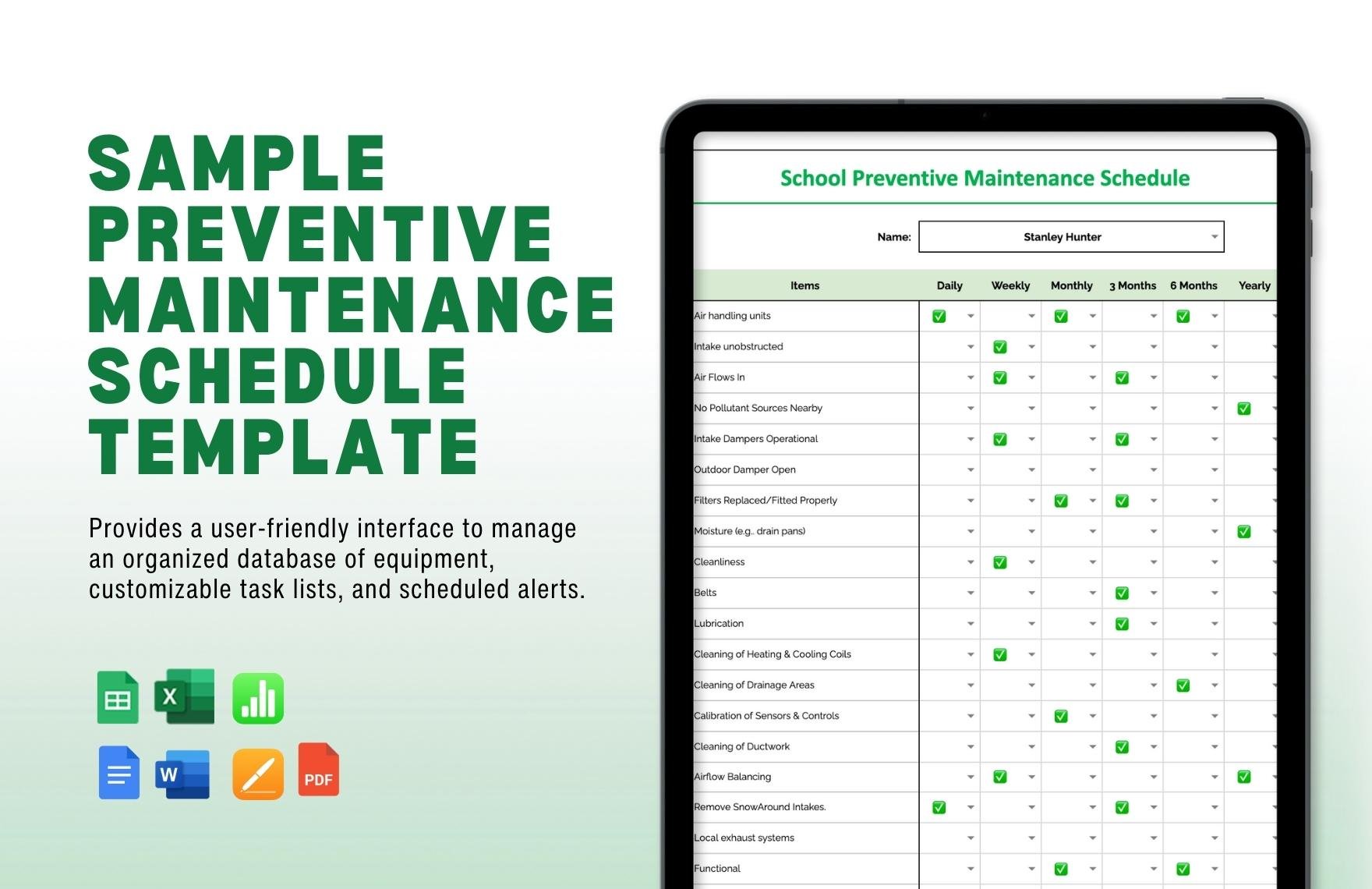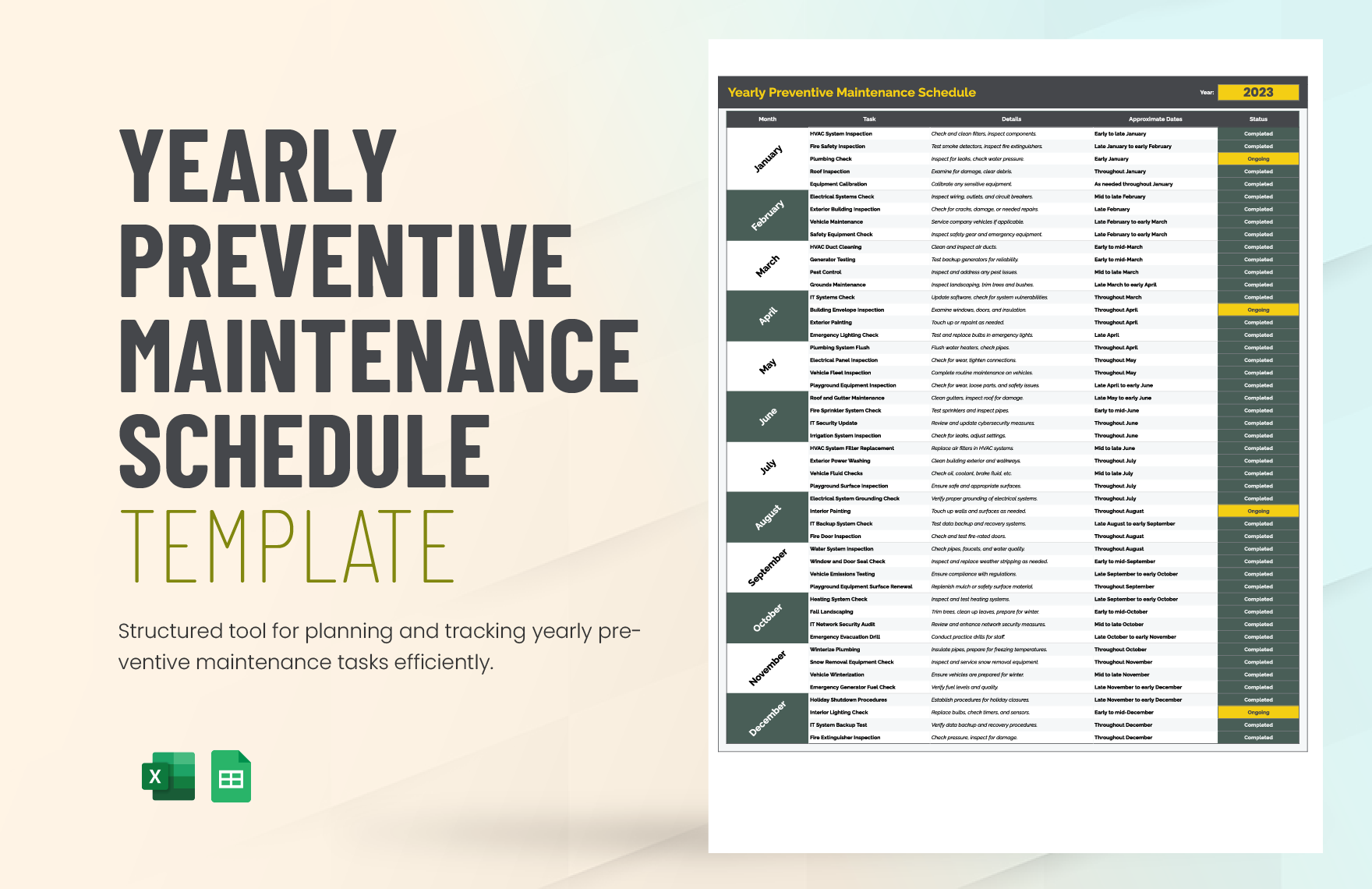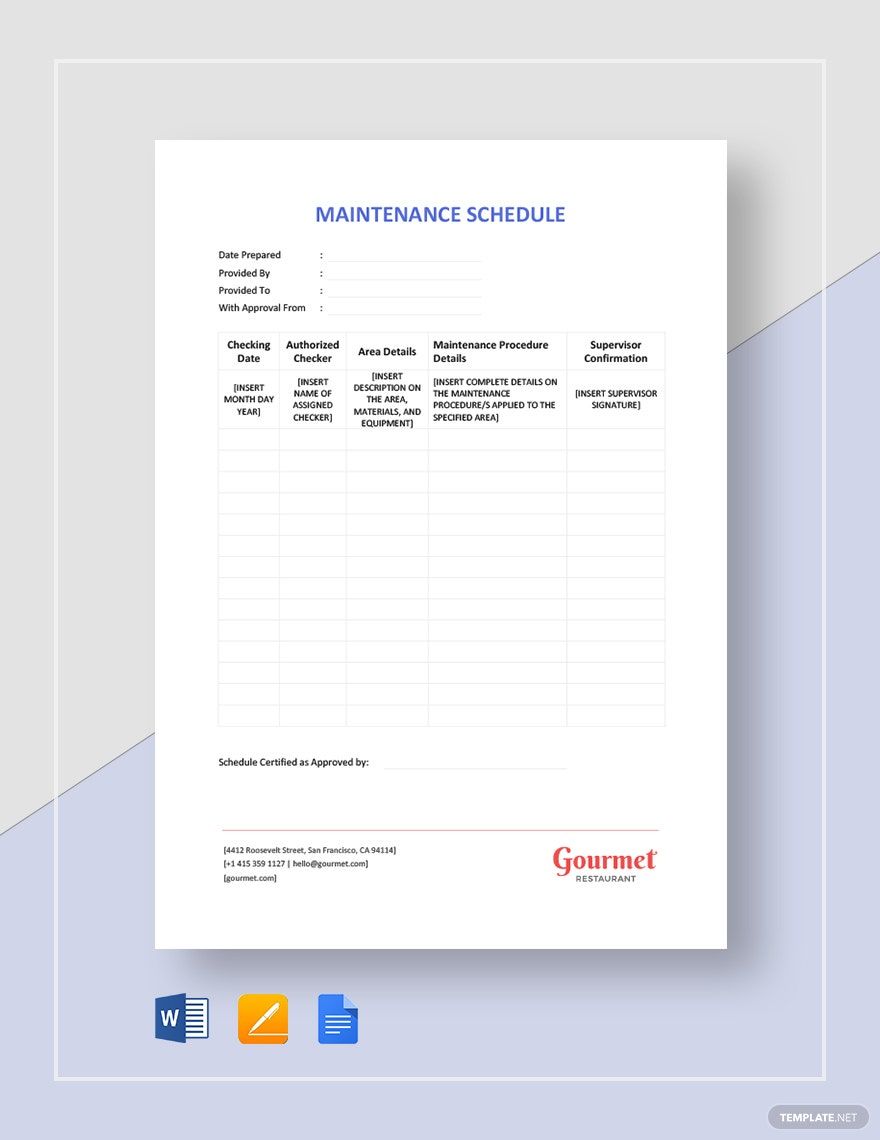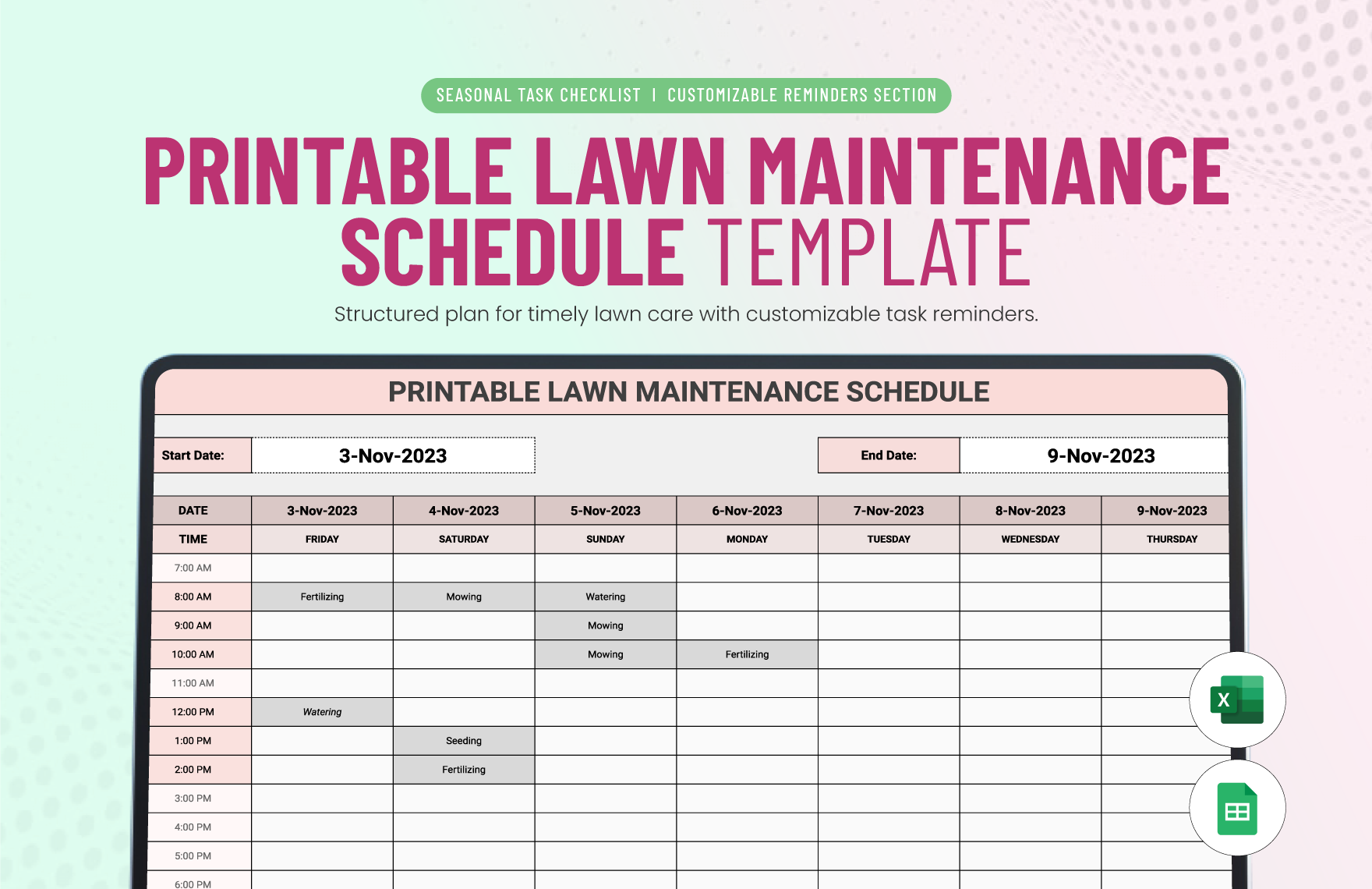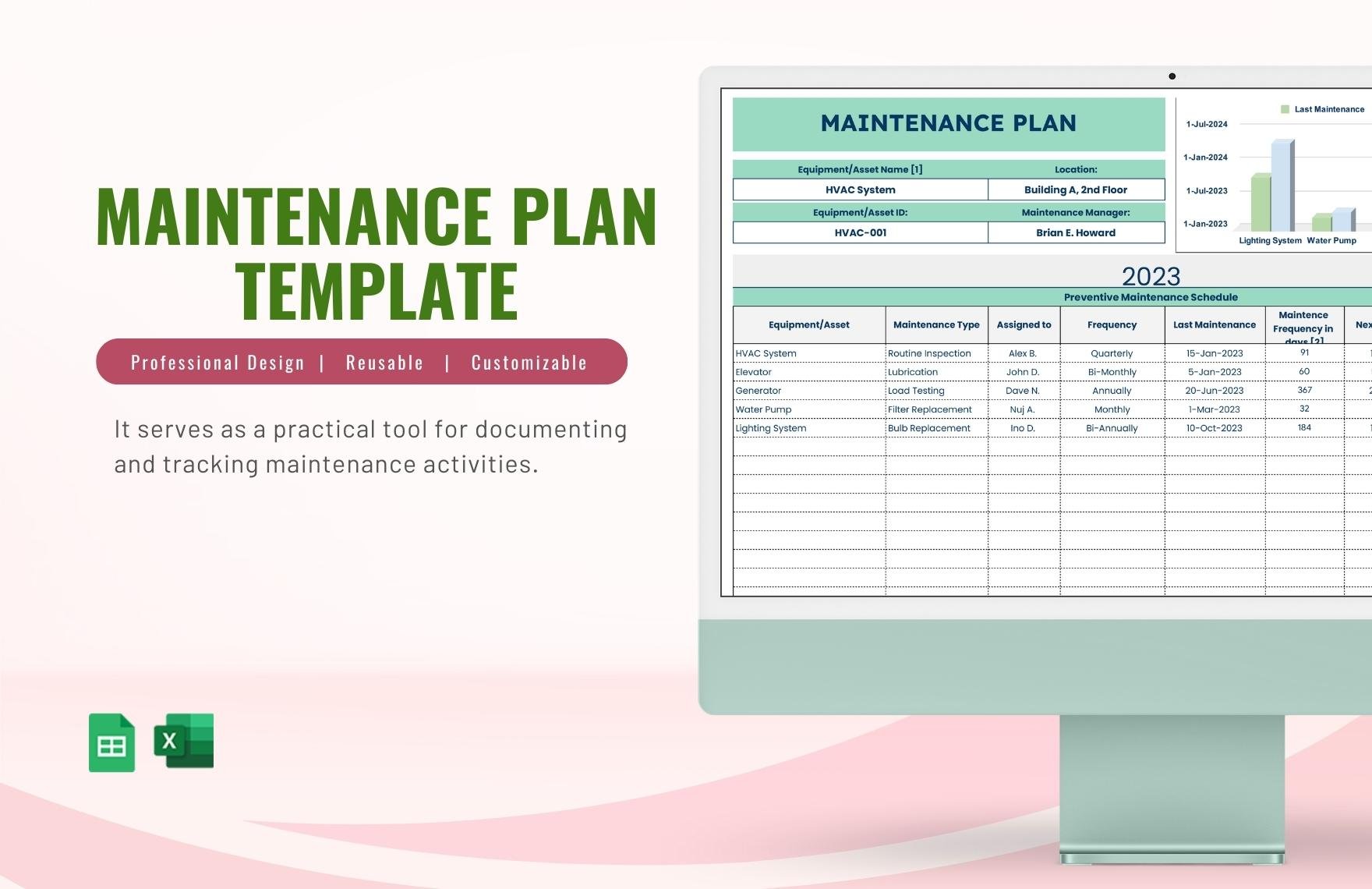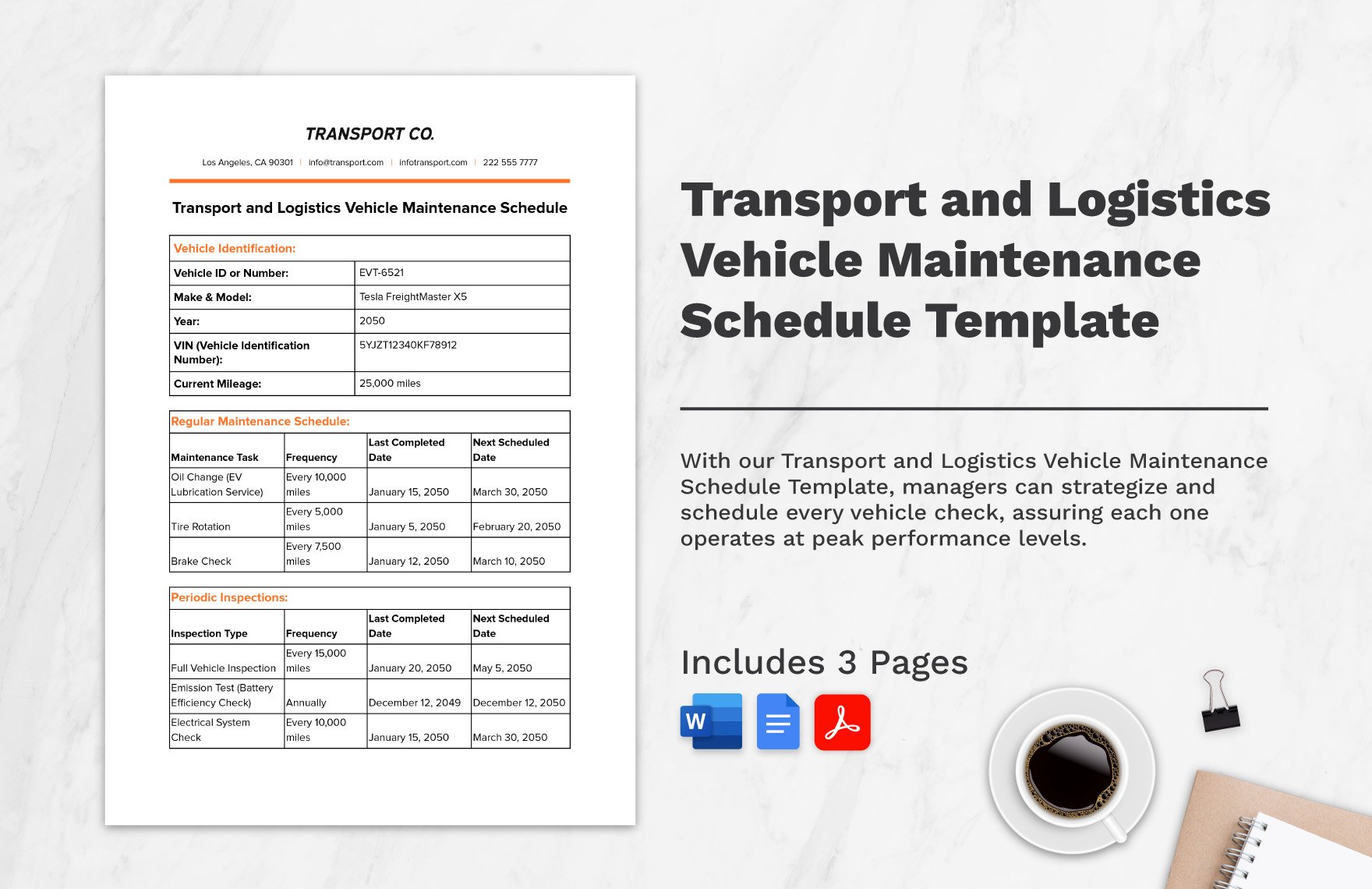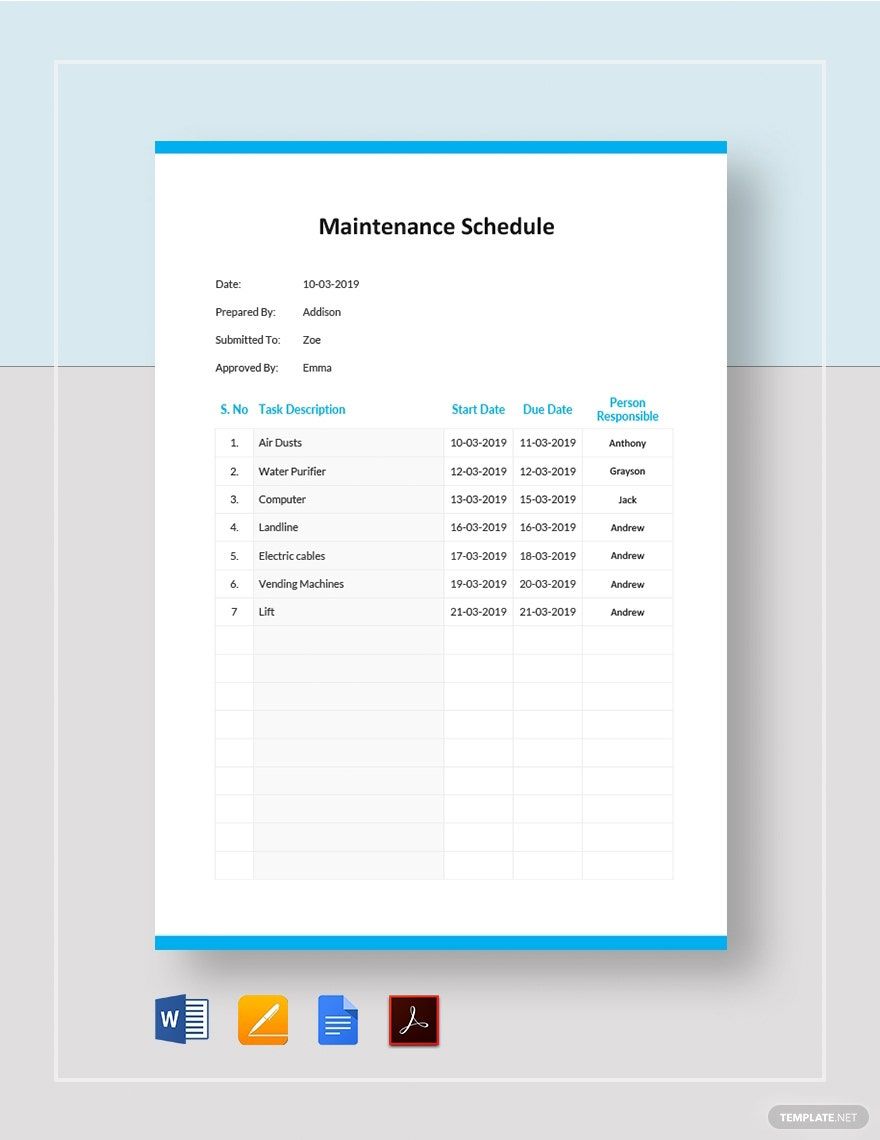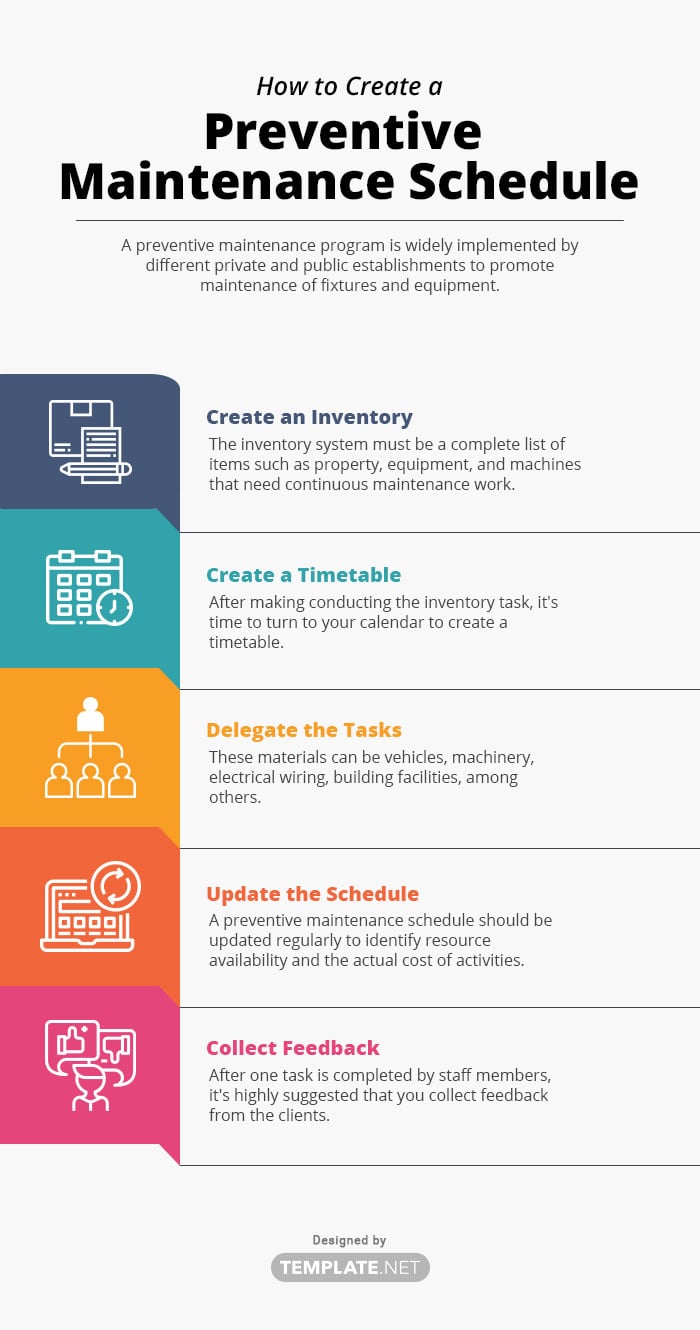A preventive maintenance program is widely implemented by different private and public establishments to promote maintenance of fixtures and equipment. This program ensures that physical and technology-related facilities are in a state of good repair and condition. According to one study, preventive maintenance is critical to help you save time and prevent risks when performing tasks.
To carry out a systematic and organized preventive maintenance schedule, a schedule should be created by the maintenance service providers. Schedules would pose as a great asset to the success of the overall operation.
1. Create an Inventory
Schedules need concrete data in order to work out perfectly. The inventory system must be a complete list of items such as property, equipment, and machines that need continuous maintenance work. This checklist will help you identify what needs to be done over the course of time. Refer to the preventive maintenance agreement contract for the work order and checklist of items that need to be looked over.
2. Create a Timetable
After making conducting the inventory task, it's time to turn to your calendar to create a timetable. Provide a specific time and date for specific preventive maintenance work. The timetable will help you plot out every task. Maintenance work is done in a weekly, monthly, quarterly, or annual basis, and the terms are even laid out in a maintenance contract. The calendar schedule will guide the staff in completing timely servicing and maintenance of all equipment.
3. Delegate the Tasks
Different materials can be taken care of through preventive maintenance activities. These materials can be vehicles, machinery, electrical wiring, building facilities, among others. Assign tasks to the people who are experts in their field. A good example would be assigning an electrician to do preventive maintenance on electrical connections. The tasks listed on the sample schedule must be assigned to a team or to an individual. Determine what is best for each piece of equipment by reading up on the manufacturer guidelines and the warranty conditions.
5. Update the Schedule
Constantly update your schedule to see work progress and delays. As one task is done, mark it as complete, and on progress if the work is still ongoing. A preventive maintenance schedule should be updated regularly to identify resource availability and the actual cost of activities. Here, it might be best that you create a calendar system to help you in updating your schedule.
6. Collect Feedback
After one task is completed by staff members, it's highly suggested that you collect feedback from the clients. It involves collecting and analyzing information about the maintenance activities, processes, and outcomes. In one article about the importance of feedback, evaluation can help one identify areas for improvement and ultimately help them realize the goals more efficiently. Write an evaluation report regarding your schedule to determine how well you managed to execute the tasks.
